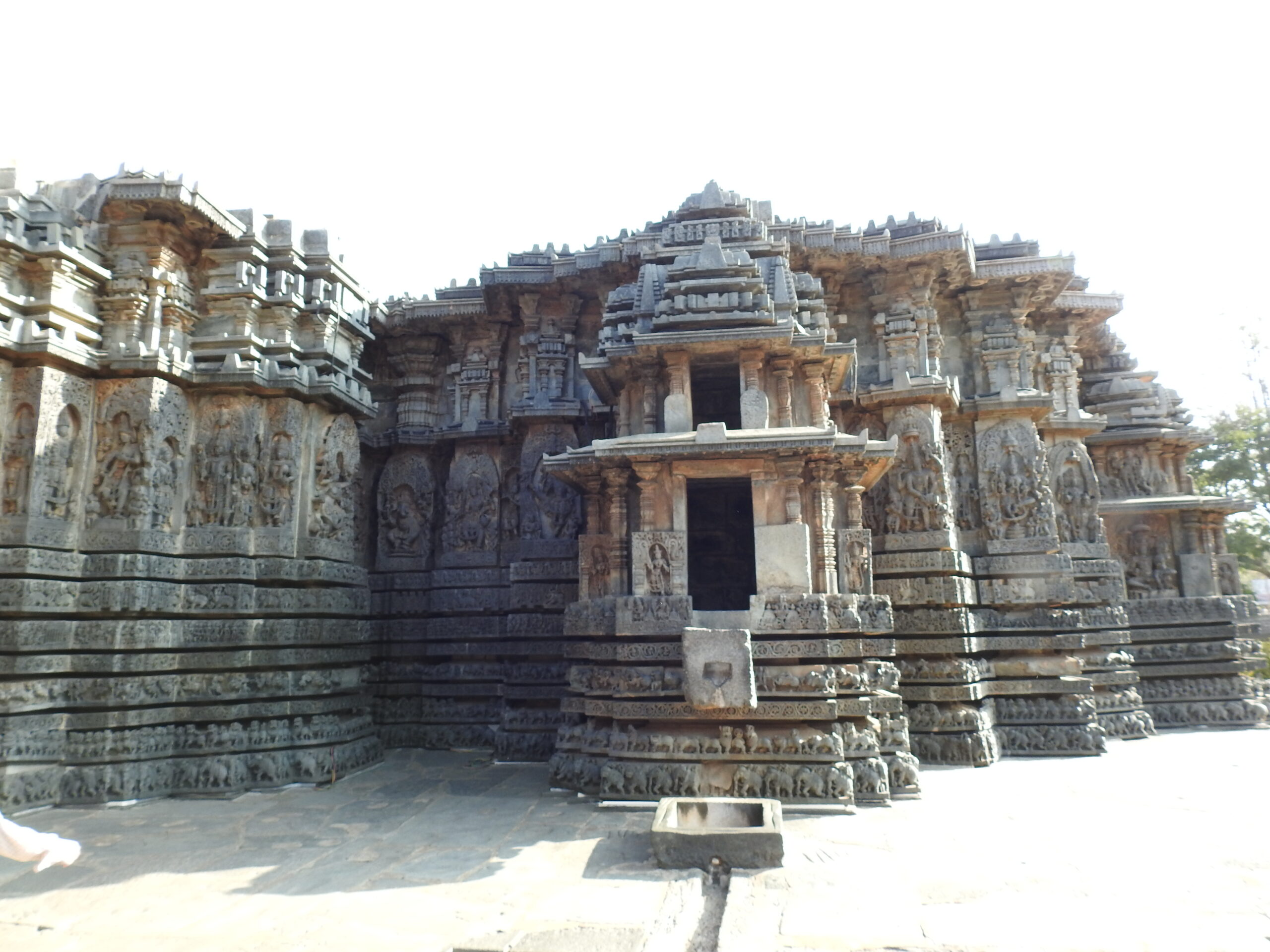Given that India is the land of temples, it is little wonder that temples can be found in every nook and corner of the country. Right from magnificent architectural wonders to simple shrines, temples in India date back as early as 5th century CE. Every city has notable temples that have immense religious and cultural significance. Bangalore and its surroundings too has its fair share of temples that date back hundreds of years and are highly revered even today. Rashmi Gopal Rao narrows down a few.
Sri Gavi Gangadhareshwara temple, Gavipuram, Bangalore
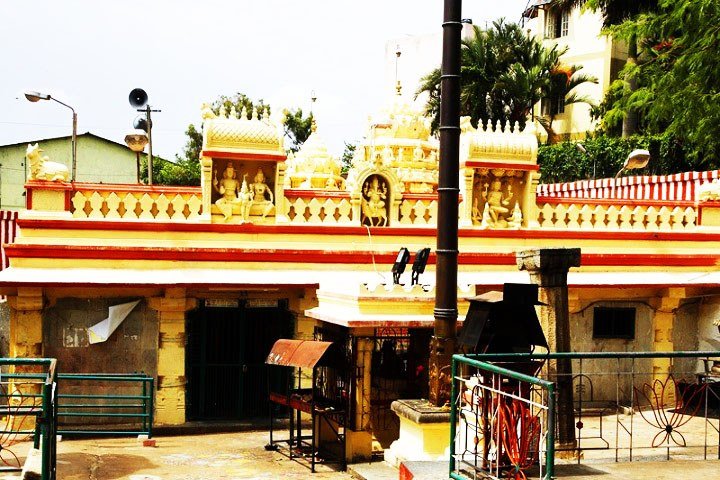
Dating to the 9th century, this is one of the oldest temples in Bangalore and is an excellent example of rock architecture. The temple which is in the form of a cave is believed to have been rebuilt in the 16th century by chieftain Kempe Gowda. Lord Shiva is in the form of a monolithic stone and is highly revered by the locals and pilgrims from the state. Apart from several other deities, the idol of Agni Murthy is considered highly significant. It is also a temple of architectural brilliance and is known for its massive monolithic pillars. On the day of Makar Sankranti, the rays of the sun are known to pass through the horns of the Holy bull (Nandi) and fall directly on the Linga, thereby naturally illuminating the main idol.
Sri Someshwara Swamy Temple, Halasuru, Bangalore
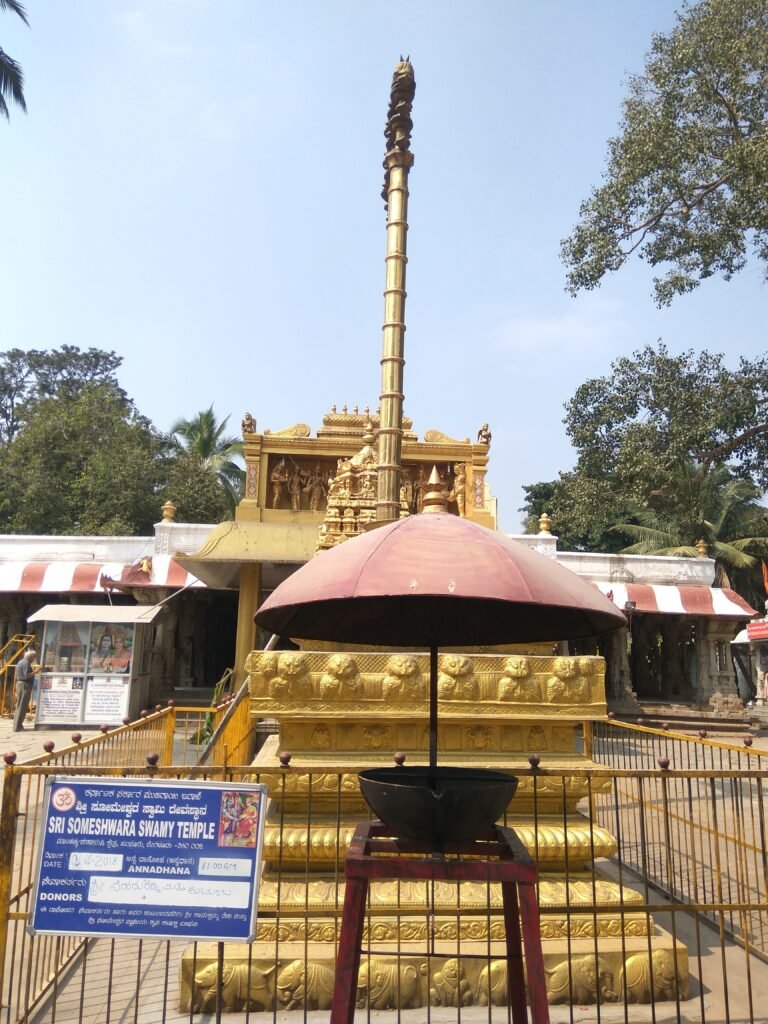
Yet another ancient temple in the heart of the city, the Someshwara temple is believed to exist since the days of the Chola empire. There were several modifications that was done to the temple during the reign of the Vijayanagar empire and therefore the design has several elements of the Vijayanagar school of architecture including the structure of the sanctum (garbhagriha) and pillared halls (mandapam). The carvings on the inner and outer walls are exquisite and highly detailed. A magnificent pillar (khambha) erected at the entrance in front of the temple tower is a highlight of the temple apart from sculptures of Navanatha (nine saints) and the Girija Kalyana (wedding of Lord Shiva and Parvati) on the outer walls. A visit to this Shiva temple is definitely a journey back in time and a date with history.
Srikanteshwara aka Nanjundeshwara temple, Nanjangud
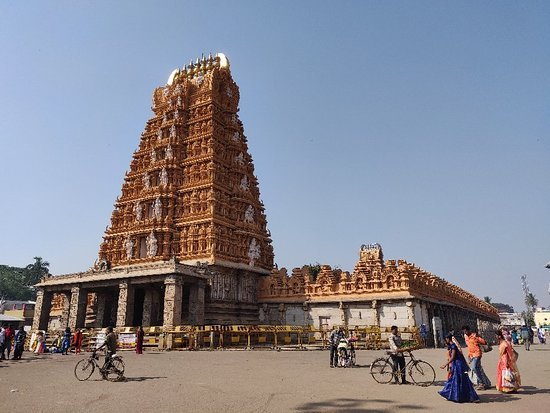
Located about 25 km from Mysore and 170 km from Bangalore, the Srikanteshwara temple is the biggest in Karnataka, spread over a whopping 50, 000 sq feet. The main deity is in the form of a Linga and people throng this ancient 12th century temple to offer prayers and get themselves cured diseases. It has received the patronage of several dynasties and rulers including the Cholas, Hoysalas, Vijayanagar empire and finally the Wodeyars of Mysore. Tipu Sultan, the famous ruler of Mysore was a frequent visitor to this temple and has gifted the deity an emerald necklace and an emerald Linga to his beloved Hakim Nanjunda. It is believed that the Lord here cured his favourite elephant of a chronic eye disease. The temple is filled with stucco figures and sculptures and boasts of a massive well carved tower.
Hoysaleshwara Temple, Halebid
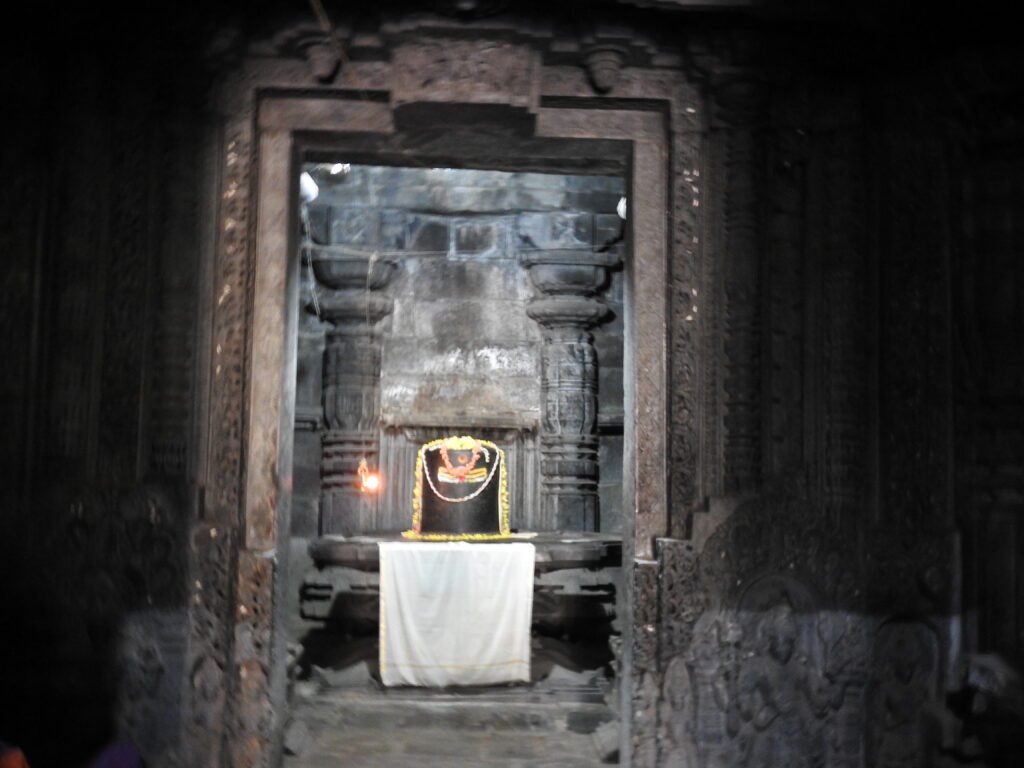
Dedicated to Lord Shiva, this is the flagship temple of the Hoysala dynasty in Karnataka. This 12th century temple complex known for its architectural splendour and structural brilliance actually consists of two identical temples, one facing north and the other south. Set on an elevated platform and replete with the typical Hoysala star shaped ground plan, the two temple halls are connected by a pillared veranda. Both sanctums have an east facing Linga and the interiors have wonderfully carved as well as lathe turned pillars.
The main attraction of the temple are the carvings that adorn the outer walls and include well known structures like the figure of the dancing Ganesha at the entrance and scenes from the Ramayana and Mahabharata. Organized as horizontal and vertical friezes, the carvings of richly decorated elephants, lions, horses and a host of mythical creatures are a treat for the eyes. The temple is located a little over 200 km from Bangalore.
Panchalingeshwara temple, Govindanahalli
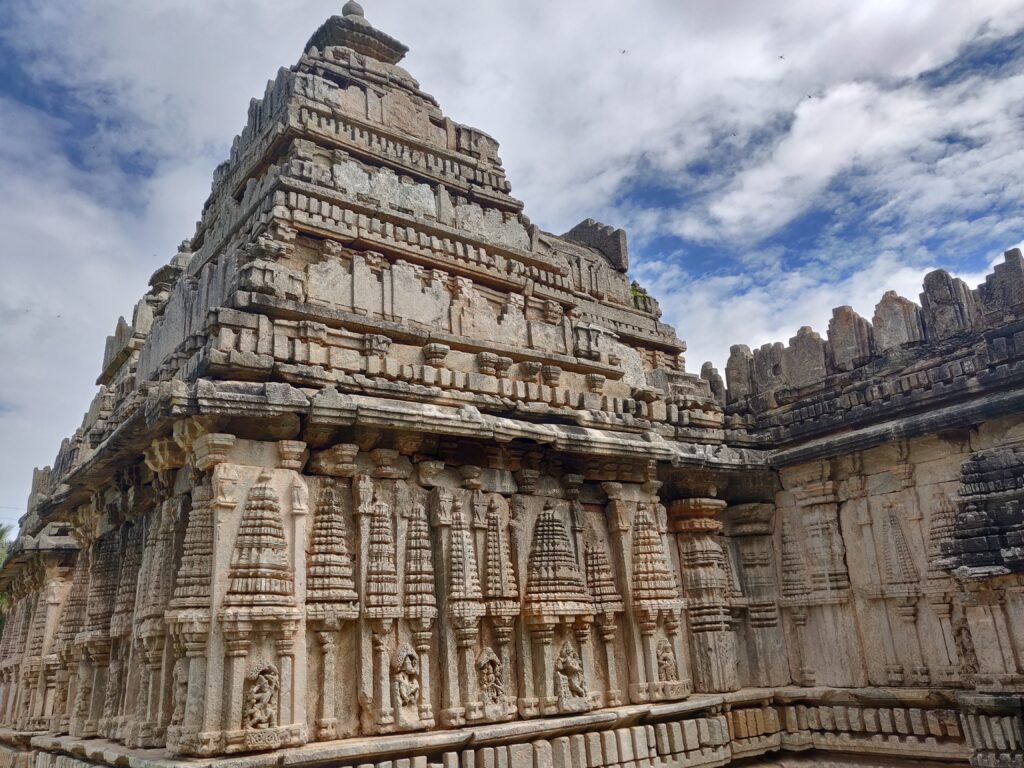
Situated about 160 km from Bengaluru, this 13th century temple literally translates into “Five lingas,” and is one of the rare examples of panchakuta which refers to the presence of 5 shrines and 5 towers with all the main deities in the sanctum (grabhagriha) facing east. Each of the lingas, known as Ishanyeshwara, Tatpurusheshwara, Aghoreshwara, Vamadeveshwara and Sadyojateshwara have the statue of the holy bull, Nandi in front of them. Typical of all Hoysala temples, the carvings on the outer and inner walls as well as the pillars are quintessentially supreme. Do not miss the richly crafted Dwarapala figures at the entrance.

